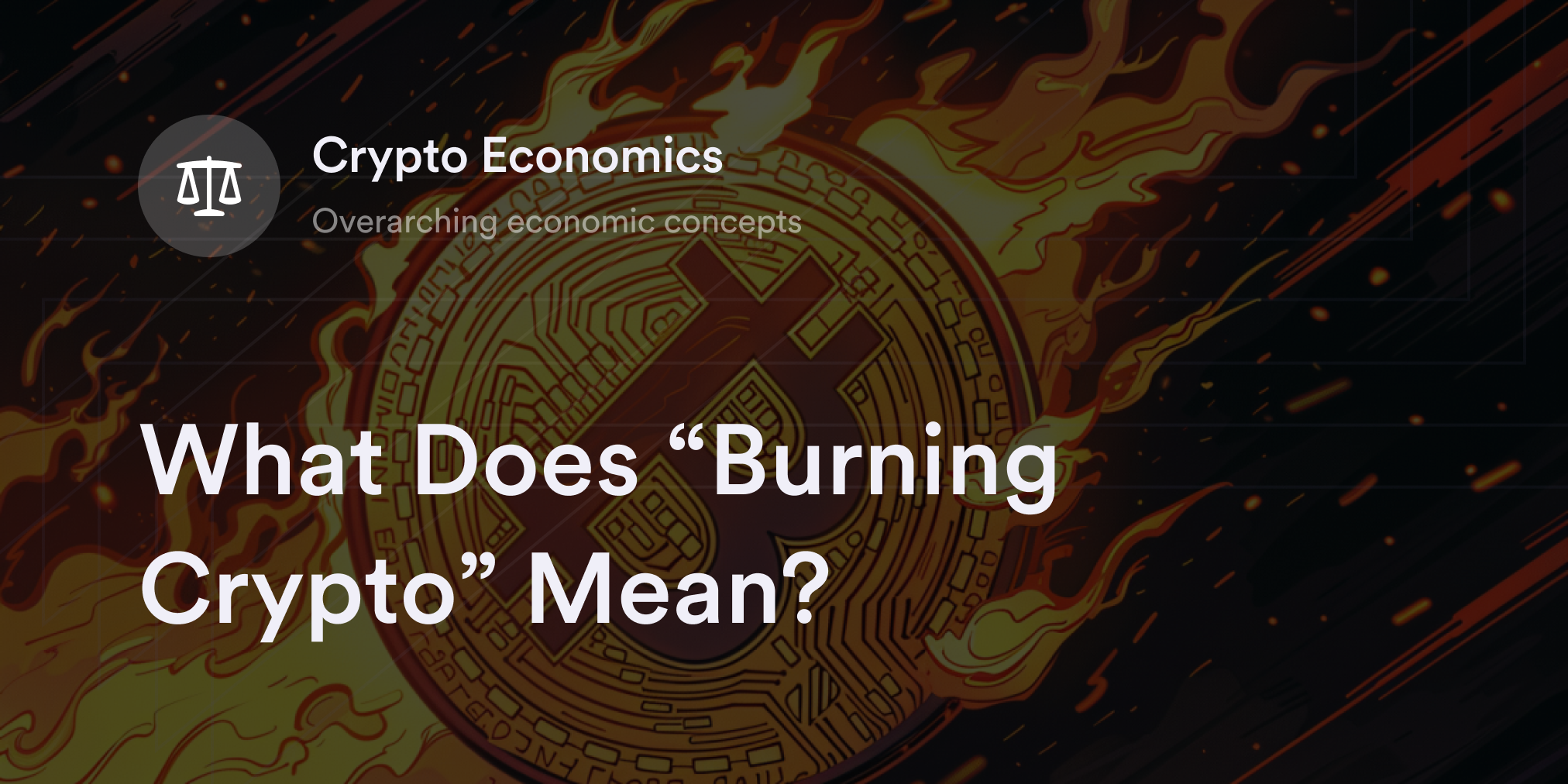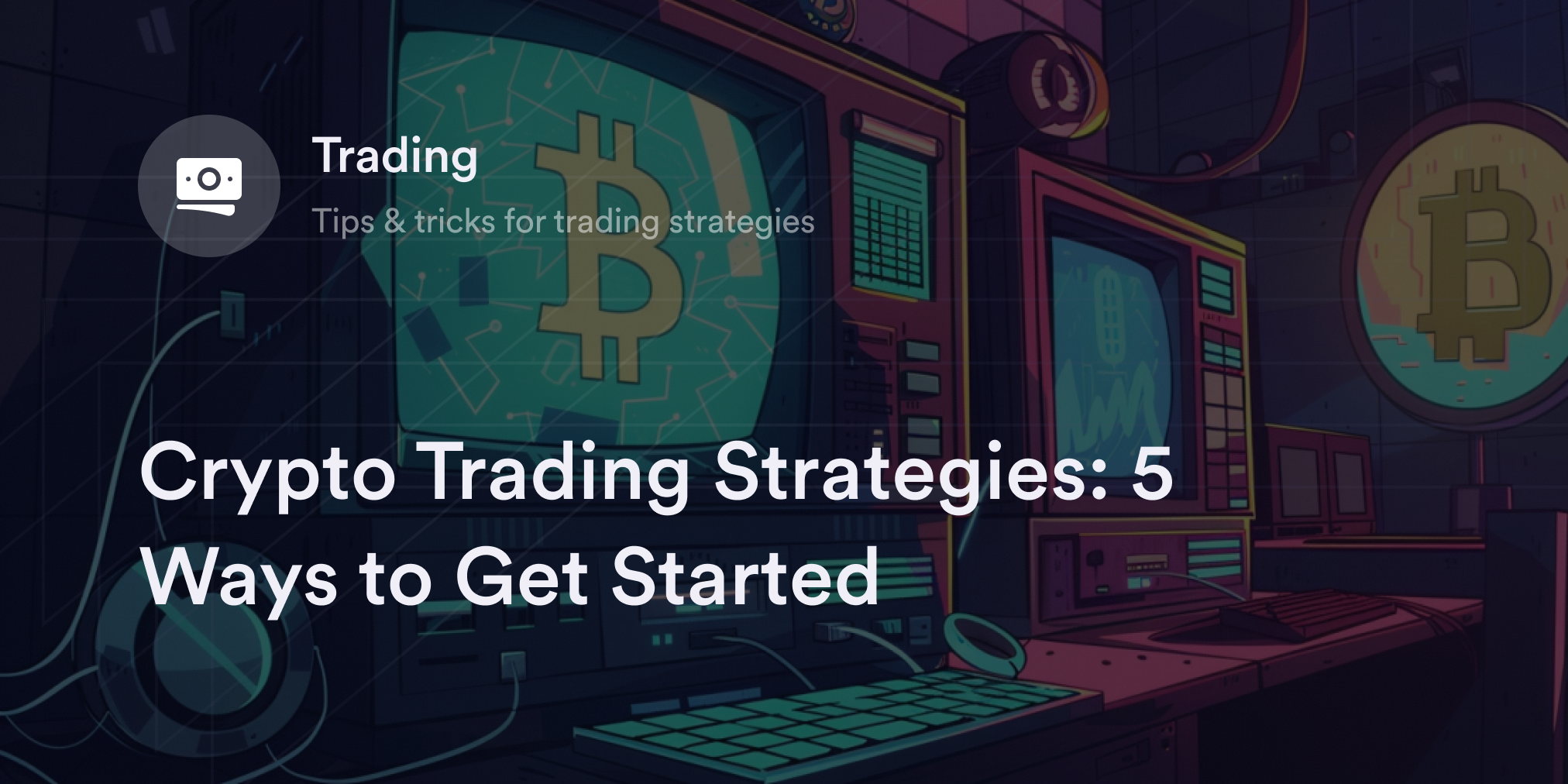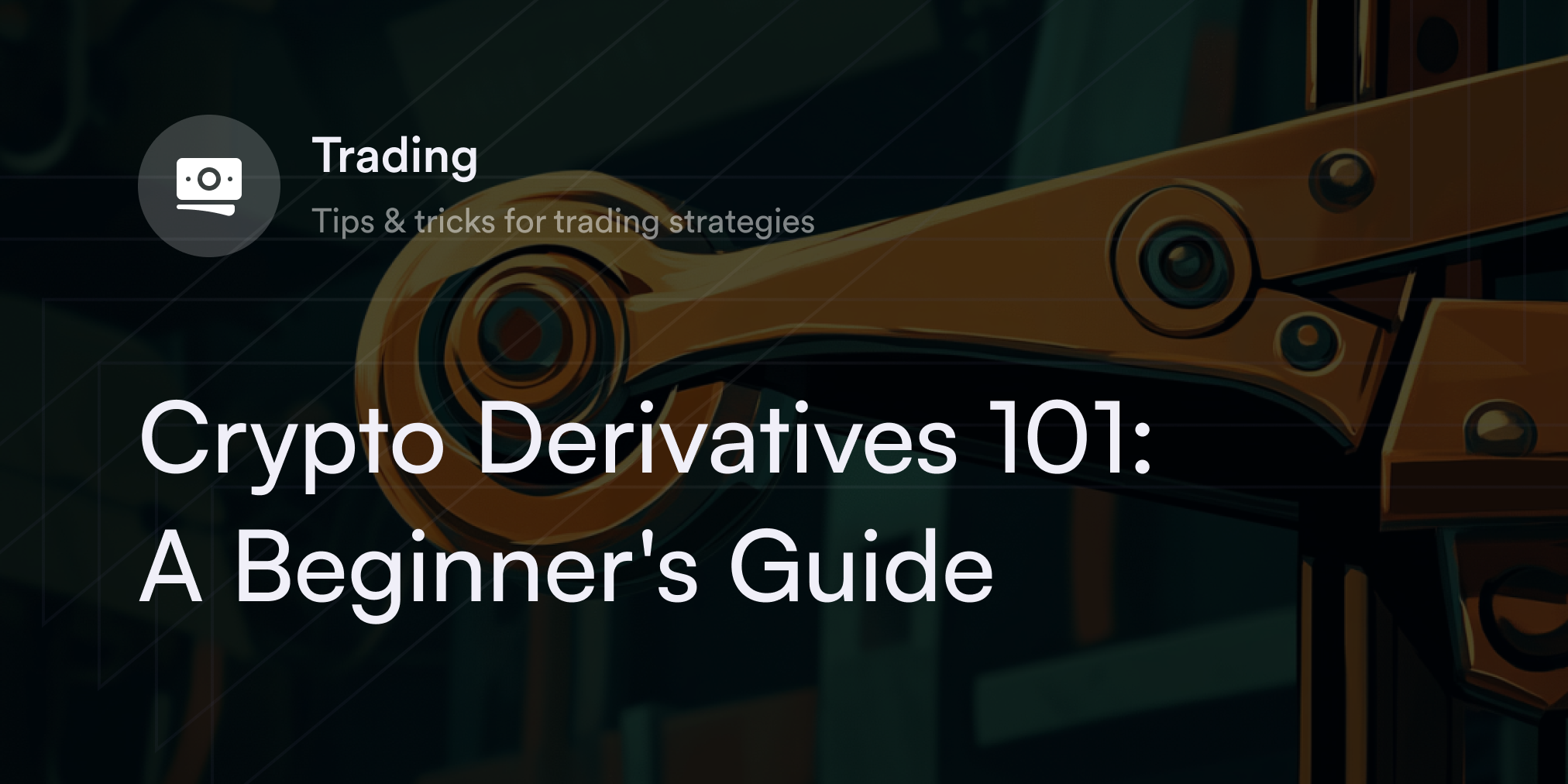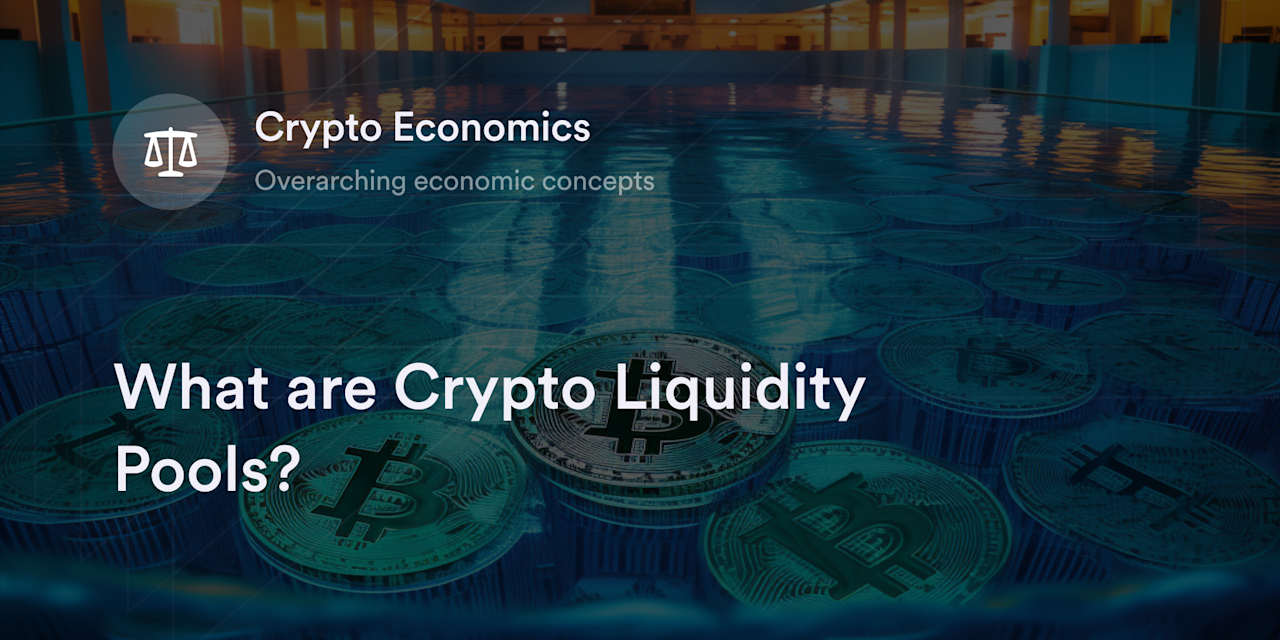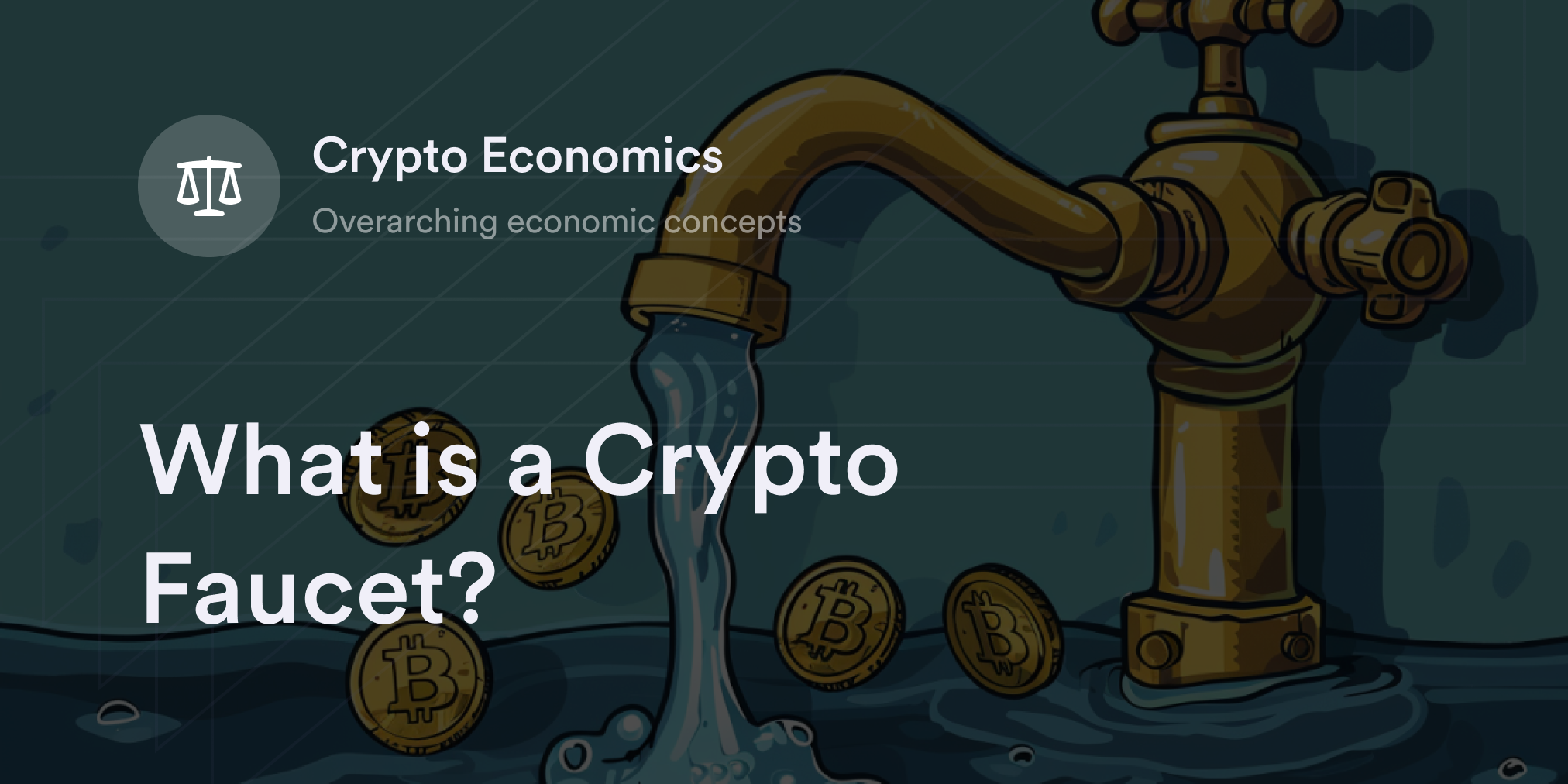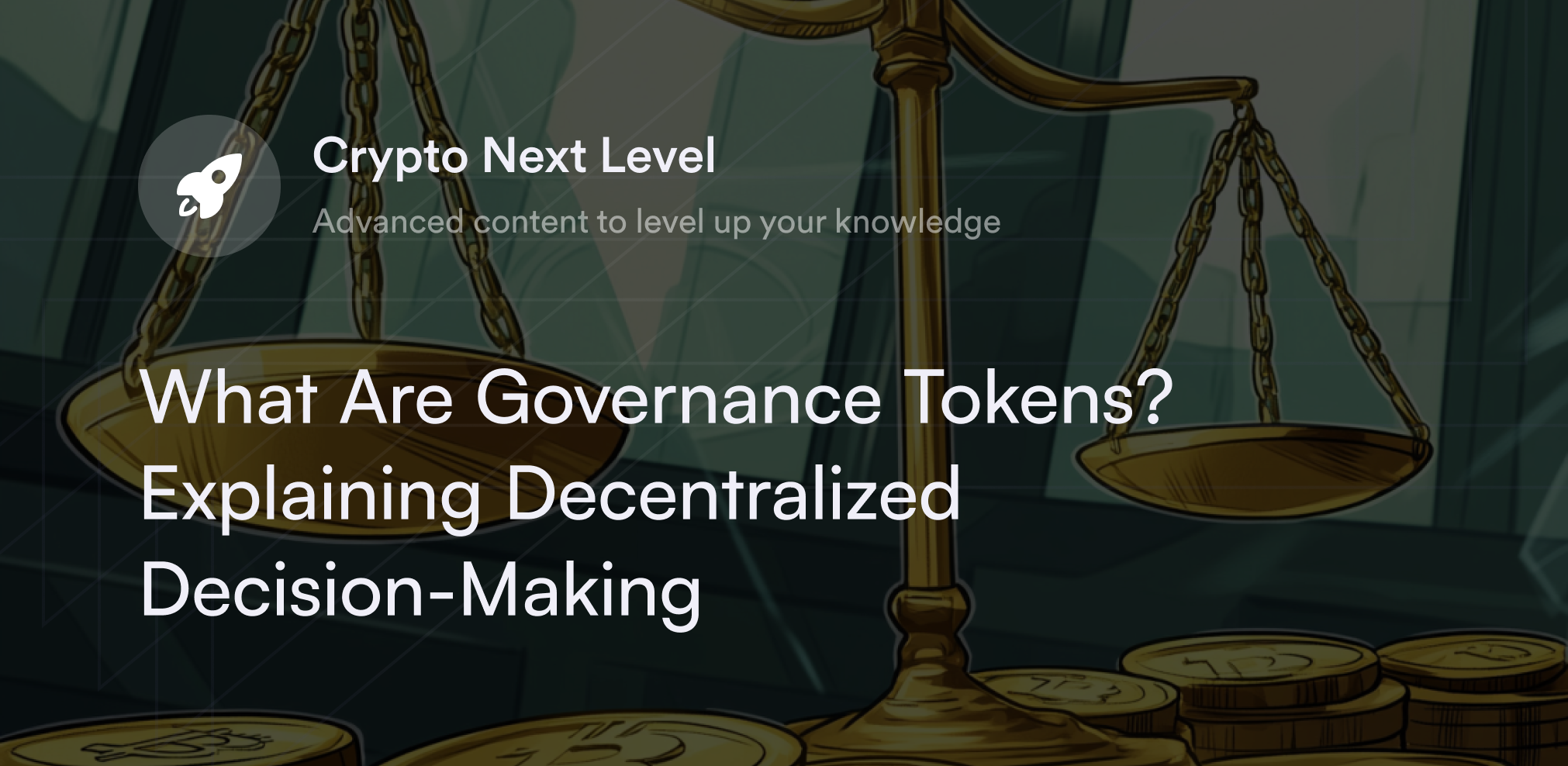
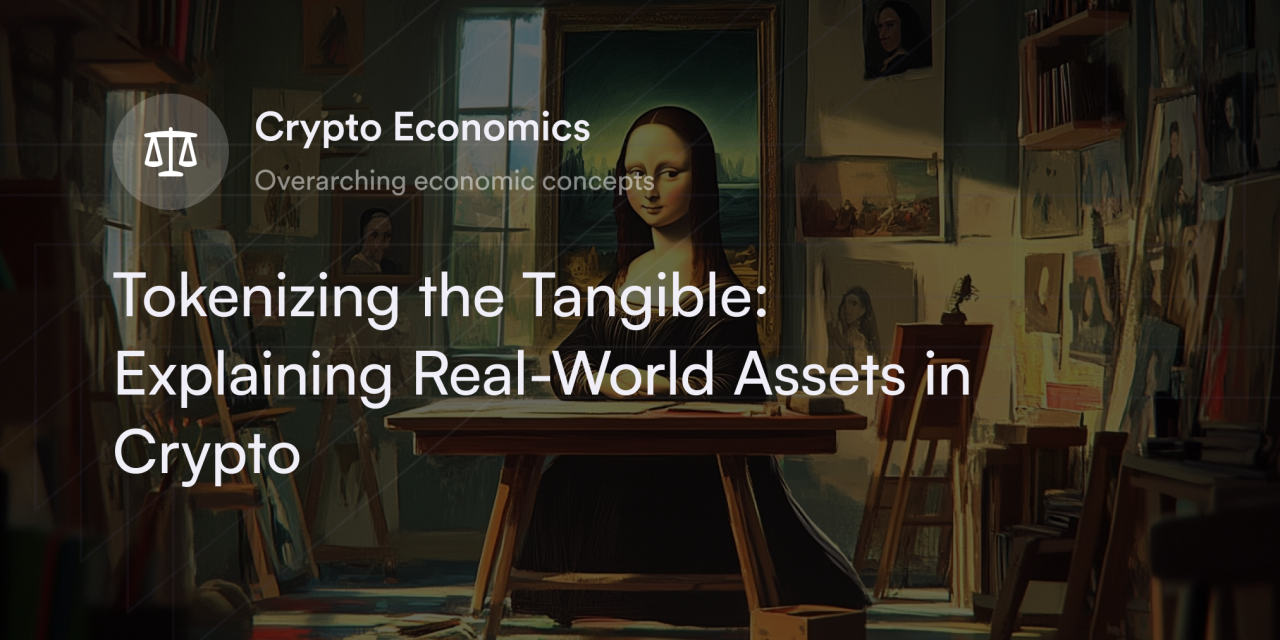

Blockchain technology opens the door for an influx of web-based financial vehicles. While iconic cryptocurrencies like Bitcoin (BTC) and Ethereum (ETH) remain some of the most actively traded digital assets, more developers have begun introducing diverse tokens onto distributed ledgers.
Interestingly, some of today’s hottest crypto tokens originate outside the Web3 ecosystem, and many exist in the physical universe rather than the metaverse. In fact, recent estimates suggest tokens based on real-world assets (RWAs) are set to command almost a $10 trillion market cap by 2030, making it one of the most influential sectors in the digital economy.
In this guide, we’ll explore RWAs, how they fit into the cryptocurrency market, and how they add more use cases to the decentralized web.
What is RWA?
An RWA means any product or financial vehicle that derives value outside the blockchain ecosystem. It’s traditionally associated with tangible objects like commodities, real estate, and fine art, but it also includes non-tangible items such as legal documents, intellectual property, and personal ID information.
Non-crypto-related financial products like equities, bonds, and precious metals also fit the RWA classification. Since RWAs are a broad category, the list of specific assets is endless; however, the common feature RWAs share is they have value in the non-blockchain world.
What is tokenizing real-world assets?
In the context of cryptocurrency, tokenization means creating a digital representation of an RWA on a decentralized blockchain. The RWA token has the same monetary value as its real-world counterpart, but it exists as a crypto asset on a blockchain.
RWA tokens belong to a class of cryptocurrencies called synthetics because they’re digital reflections of an underlying asset’s value rather than the literal asset. Similar to transferring ETH or BTC between exchanges or crypto wallets, traders with tokenized RWAs shift their digital assets across Web3 without worrying about centralized intermediaries like banks.
Sometimes, RWA tokens represent full ownership rights over a real-world asset, such as a unique non-fungible token (NFT) symbolizing the deed for a literal house. Alternatively, some RWAs divide ownership rights into smaller token units, each representing a partial share of the underlying asset’s value. For example, alternative investment platforms might offer traders fractional ownership rights in luxury cars, fine wine, or collectibles via RWA tokens.
How are RWAs used in cryptocurrency?
RWAs encompass a broad range of items and categories, but these tokens have limitless potential use cases. And there are a few activities where RWA tokens have become particularly popular in the decentralized finance (DeFi) sector.
Asset-backed virtual tokens
Stablecoins, specifically tokenized versions of fiat currencies like the U.S. dollar, offer crypto traders simple ways to enter and exit the markets without constantly off-ramping funds from web3.
While fiat-denominated stablecoins dominate this category, commodity-pegged tokens such as Paxos’ PAX Gold token (PAXG)—which represents a share of physical gold held in dozens of literal vaults—also offer ways for crypto traders to exchange blockchain-native assets for representations of RWAs.
P2P lending and borrowing
Some borrowers use RWA tokens as collateral when requesting funds from a decentralized application (dApp) rather than using cryptocurrencies like Bitcoin to take out a DeFi loan. On the flipside, loan issuers have the option to earn interest on their RWA tokens by offering fractionalized shares or loans to interested borrowers.
Crowdfunding ventures
Thanks to token fractionalization, online entrepreneurs have a new way to attract funds from crypto traders through crowdfunding protocols. By offering small shares of an RWA to a global audience, crowdfunding organizers have a larger pool of liquidity to access capital for their goals and projects.
Ownership rights
Data on blockchain ledgers is publicly viewable, tamper-proof, and immutable, making it a secure way to verify RWA owners. Whether traders digitize their home deeds or insurance claims, RWA tokenization provides a new ID tag to guarantee ownership and eliminate risks such as fraud, human error, or counterparty interference.
Supply chain management
Companies using blockchain in logistics systems can tokenize various aspects of their supply chain, including contractual agreements, services, and goods. By tokenizing assets on a blockchain, supply chain managers enjoy the transparency of payment ledgers while keeping a thorough record of transactions.
Decentralized identity
Creating virtual identities is a more abstract use case for RWA tokenization, but technologies like soulbound tokens (SLTs) are slowly making this feature a reality.
With decentralized digital identities (DIDs) and tokenized credentials (e.g., credit scores, tax numbers, and diplomas), preserving privacy while securely sharing identity for more diverse DeFi services is possible.
Benefits and risks of real-world asset tokenization
RWA tokens expand the possibilities of digital assets and blockchain technology, but they come with a unique set of challenges. From code vulnerabilities to concerns over custody, traders must consider RWA tokens’ drawbacks before adding them to wallets.
RWA token pros
Increases crypto asset diversity: Any asset in the non-blockchain world—whether tangible or intangible—can become an RWA cryptocurrency and tradeable in the DeFi ecosystem. Whether crypto traders want to diversify their portfolios with assets outside of web3 or are interested in using real-world collateral for DeFi services like lending, RWA tokens open new possibilities for digital finance.
Improves market liquidity: Since dividing RWA tokens into smaller chunks is easy, it stimulates market activity as buyers and sellers trade the corresponding asset’s fractional pieces. The increased divisibility from RWA tokenization translates to an uptick in transaction volumes, even for traditionally illiquid markets (e.g., real estate, fine art, and collectibles).
Enhances accessibility: Another benefit of token fractionalization is that it allows global crypto traders to add pieces of rare and unique assets to their digital portfolios. As long as eligible traders have internet access and a crypto wallet, they can purchase fractional ownership at any time in a digitized RWA.
RWA token cons
Risk of smart contract vulnerabilities: RWA tokens are on decentralized protocols, which means smart contract code plays a critical role in their issuance and transferability throughout Web3. If smart contracts contain bugs or vulnerabilities, crypto traders can face hacks and severe financial losses.
Uncertainty in regulatory environment: In general, cryptocurrency law is in flux, but synthetics regulations are extra complex because the assets these tokens represent have legal precedents in the “real world.” Crypto traders should pay attention to national and international crypto laws when researching RWA tokens.
Custody and storage concerns: Although RWA tokens use smart contract blockchains, sometimes centralized custodians hold the asset these cryptocurrencies symbolize (e.g., Paxos holds tangible gold to back up its PAXG token). Crypto traders have to rely on the security and storage standards of the institutions holding the literal assets, giving virtual tokens their value.
Develop a crypto derivatives strategy on dYdX
Crypto derivatives—particularly perpetual swap contracts—have become some of the most actively traded financial products in the DeFi ecosystem. To get started swapping Bitcoin and altcoin perpetuals, eligible traders have access to dYdX’s decentralized platform for low-fee and deep liquidity derivatives trading. Learn more about dYdX’s latest features and upgrades on our official blog. For more details on crypto-related topics like tokenization, derivatives, and trading, head to dYdX Academy for a complete Web3 education. And eligible traders can start trading on dYdX today.
Disclosures
The content of this article (the “Article”) is provided for general informational purposes only. Reference to any specific strategy, technique, product, service, or entity does not constitute an endorsement or recommendation by dYdX Trading Inc., or any affiliate, agent, or representative thereof (“dYdX”). Use of strategies, techniques, products or services referenced in this Article may involve material risks, including the risk of financial losses arising from the volatility, operational loss, or nonconsensual liquidation of digital assets. The content of this Article does not constitute, and should not be considered, construed, or relied upon as, financial advice, legal advice, tax advice, investment advice, or advice of any other nature; and the content of this Article is not an offer, solicitation or call to action to make any investment, or purchase any crypto asset, of any kind. dYdX makes no representation, assurance or guarantee as to the accuracy, completeness, timeliness, suitability, or validity of any information in this Article or any third-party website that may be linked to it. You are solely responsible for conducting independent research, performing due diligence, and/or seeking advice from a professional advisor prior to taking any financial, tax, legal, or investment action.
You may only use the dYdX Services in compliance with the dYdX Terms of Use available here, including the geographic restrictions therein.
Any applicable sponsorship in connection with this Article will be disclosed, and any reference to a sponsor in this Article is for disclosure purposes, or informational in nature, and in any event is not a call to action to make an investment, acquire a service or product, or purchase crypto assets. This Article does not offer the purchase or sale of any financial instruments or related services.
By accessing this Article and taking any action in connection with the information contained in this Article, you agree that dYdX is not responsible, directly or indirectly, for any errors, omissions, or delays related to this Article, or any damage, injury, or loss incurred in connection with use of or reliance on the content of this Article, including any specific strategy, technique, product, service, or entity that may be referenced in the Article.

